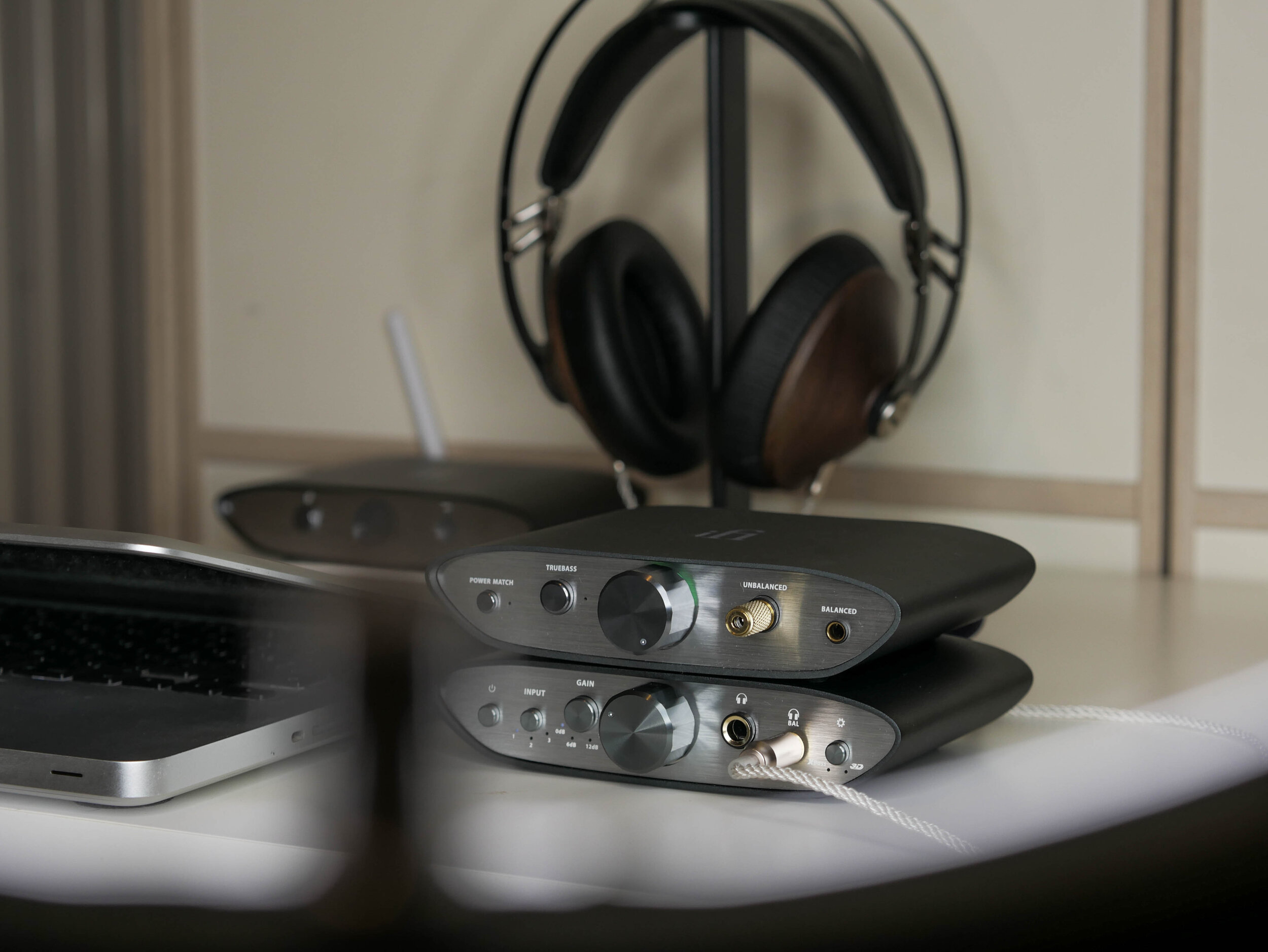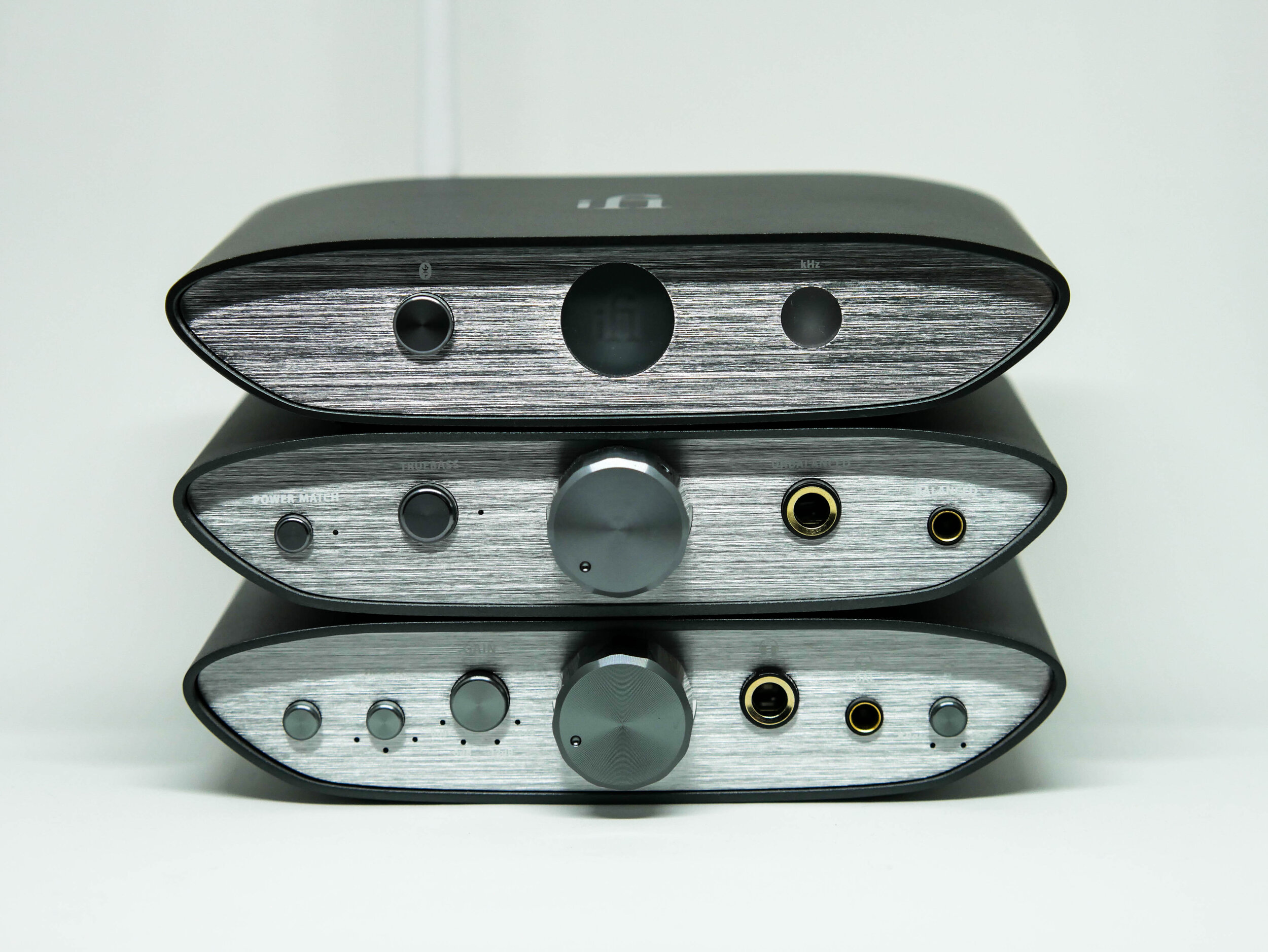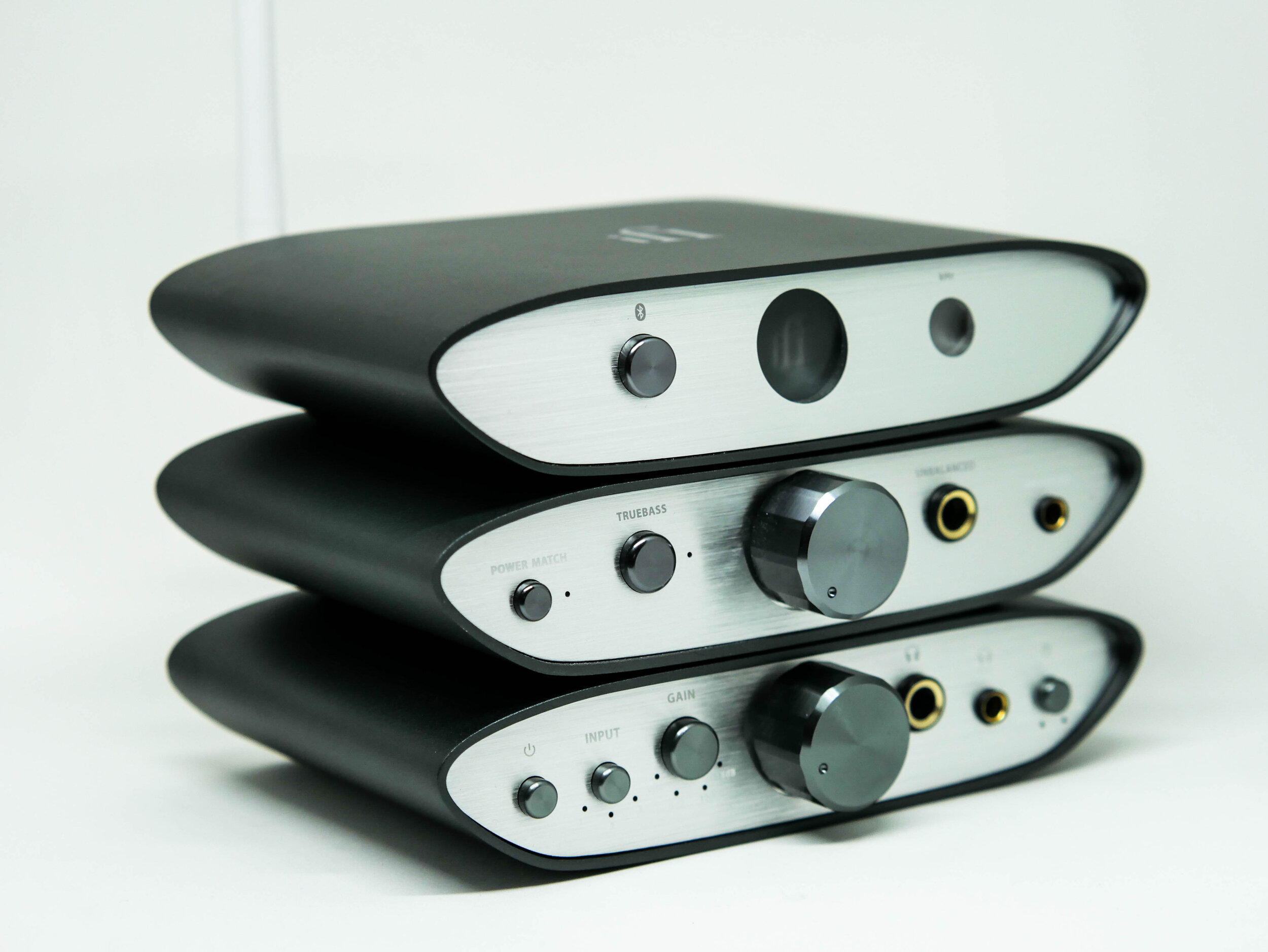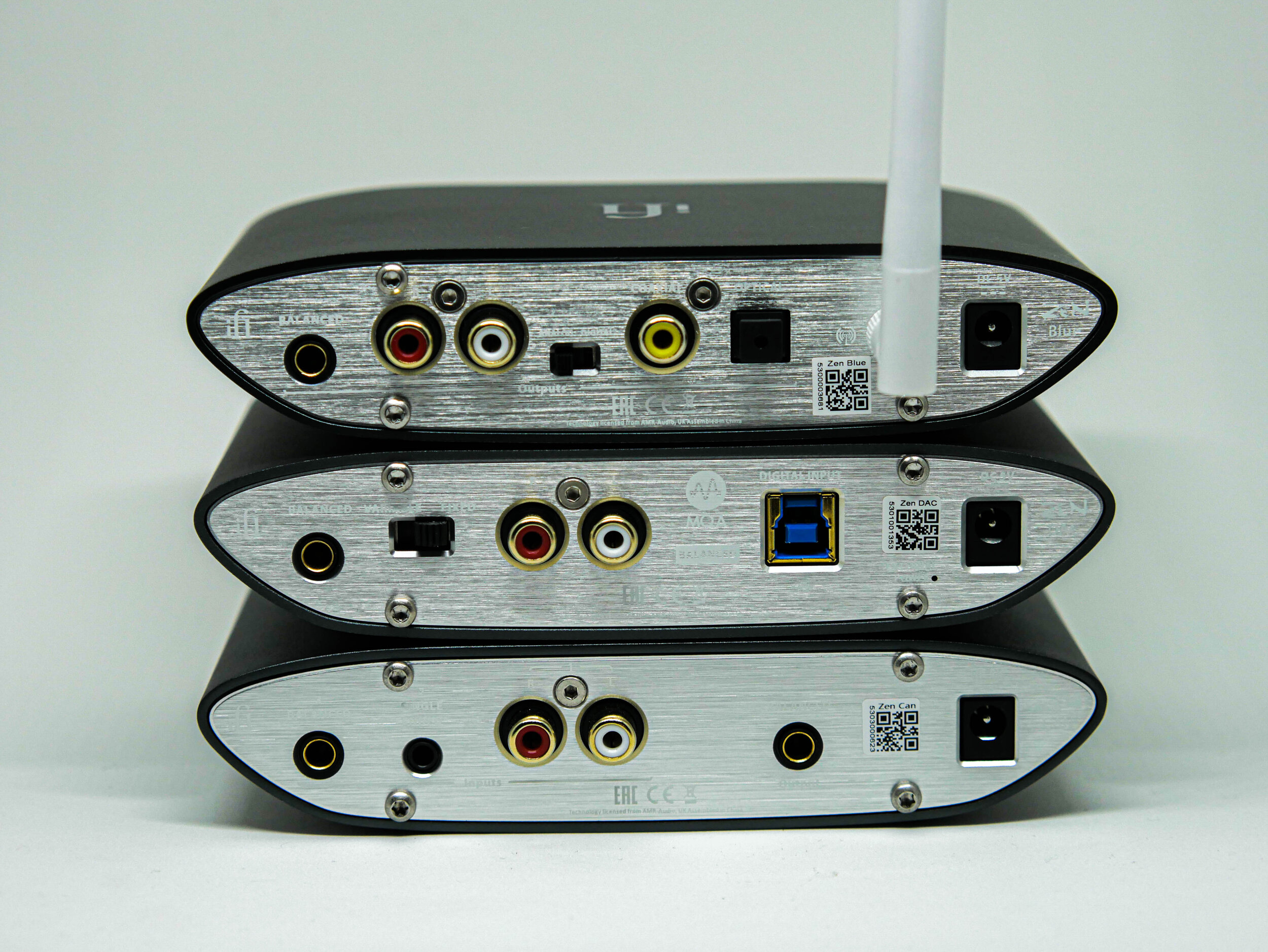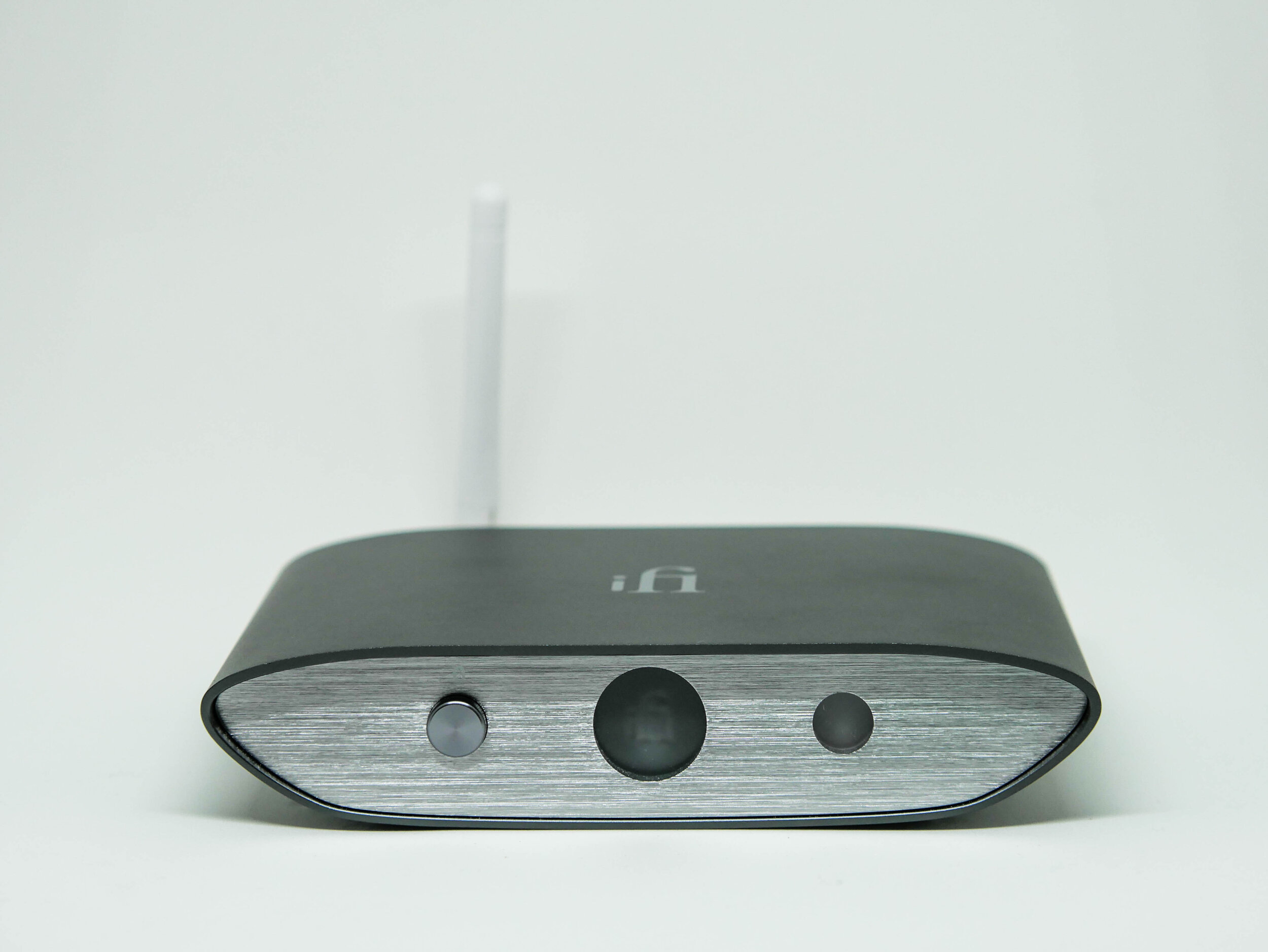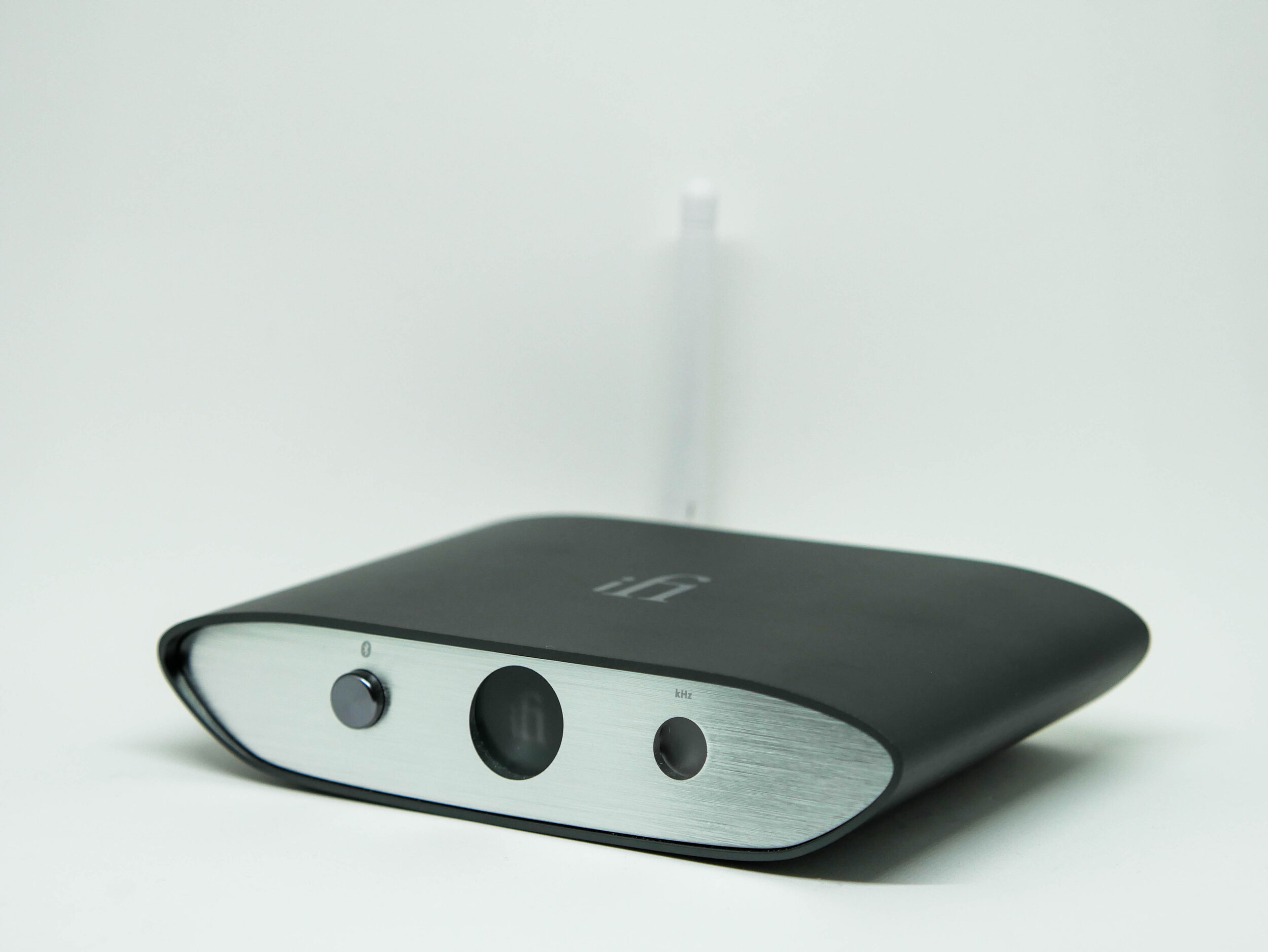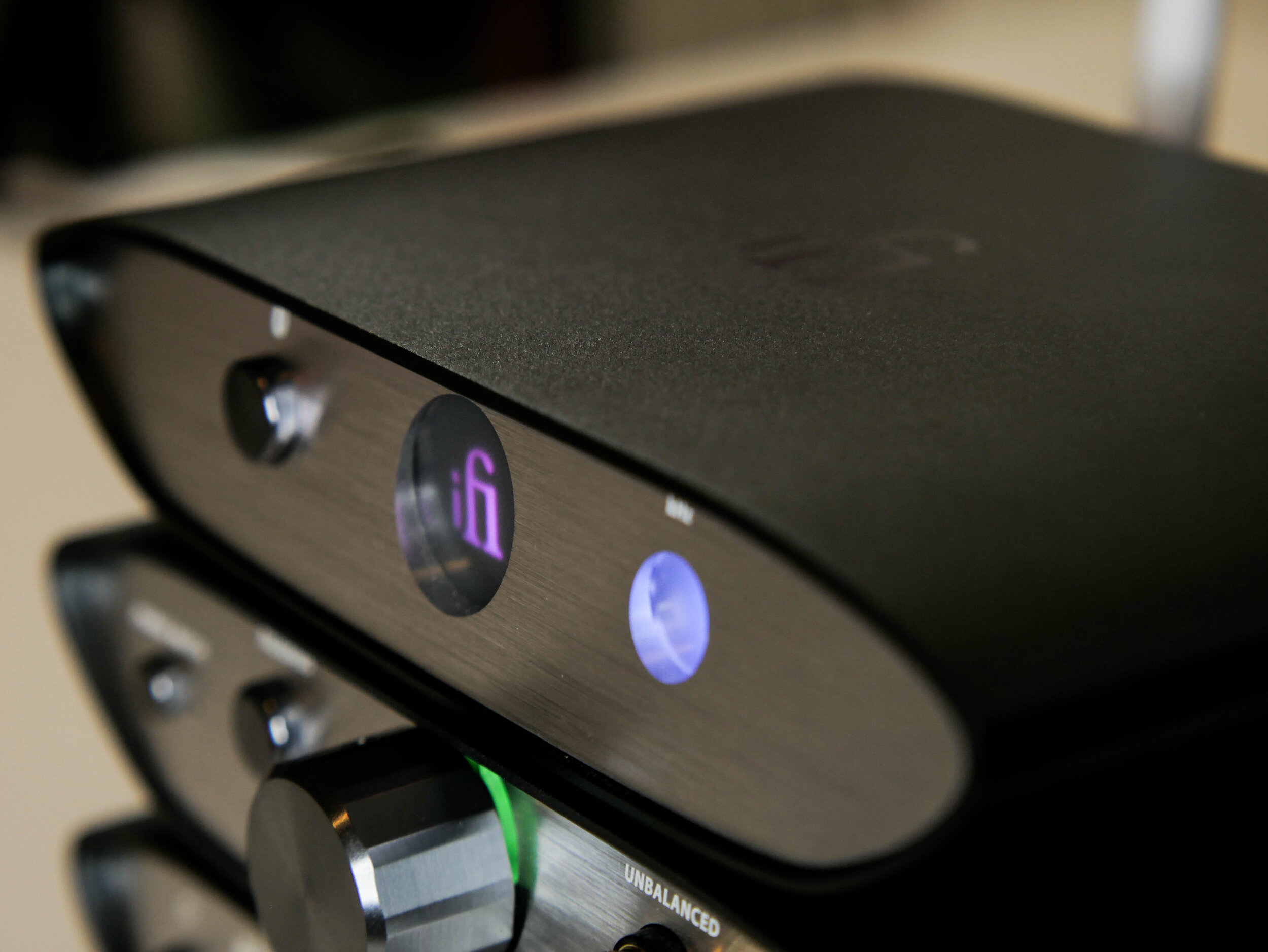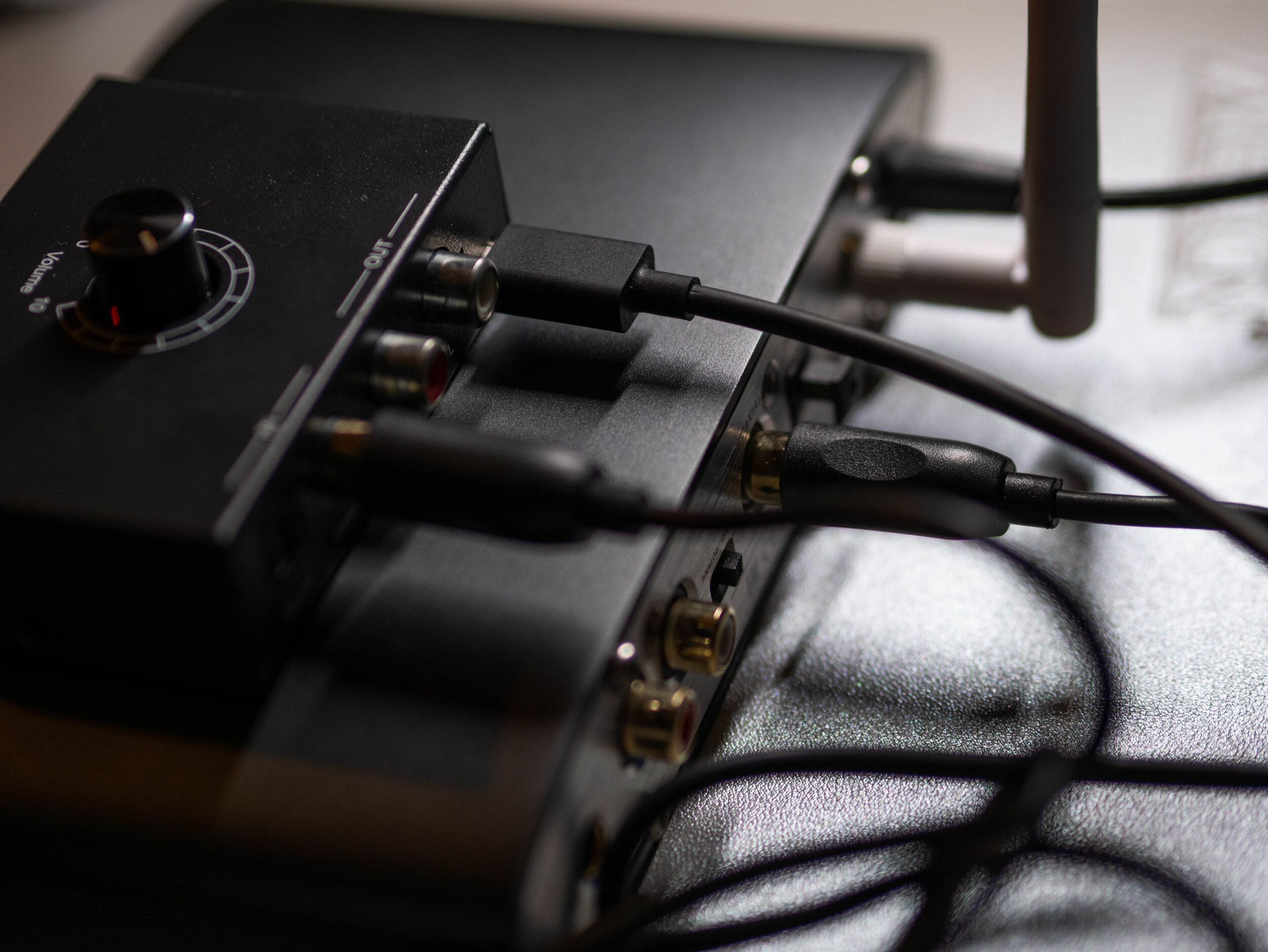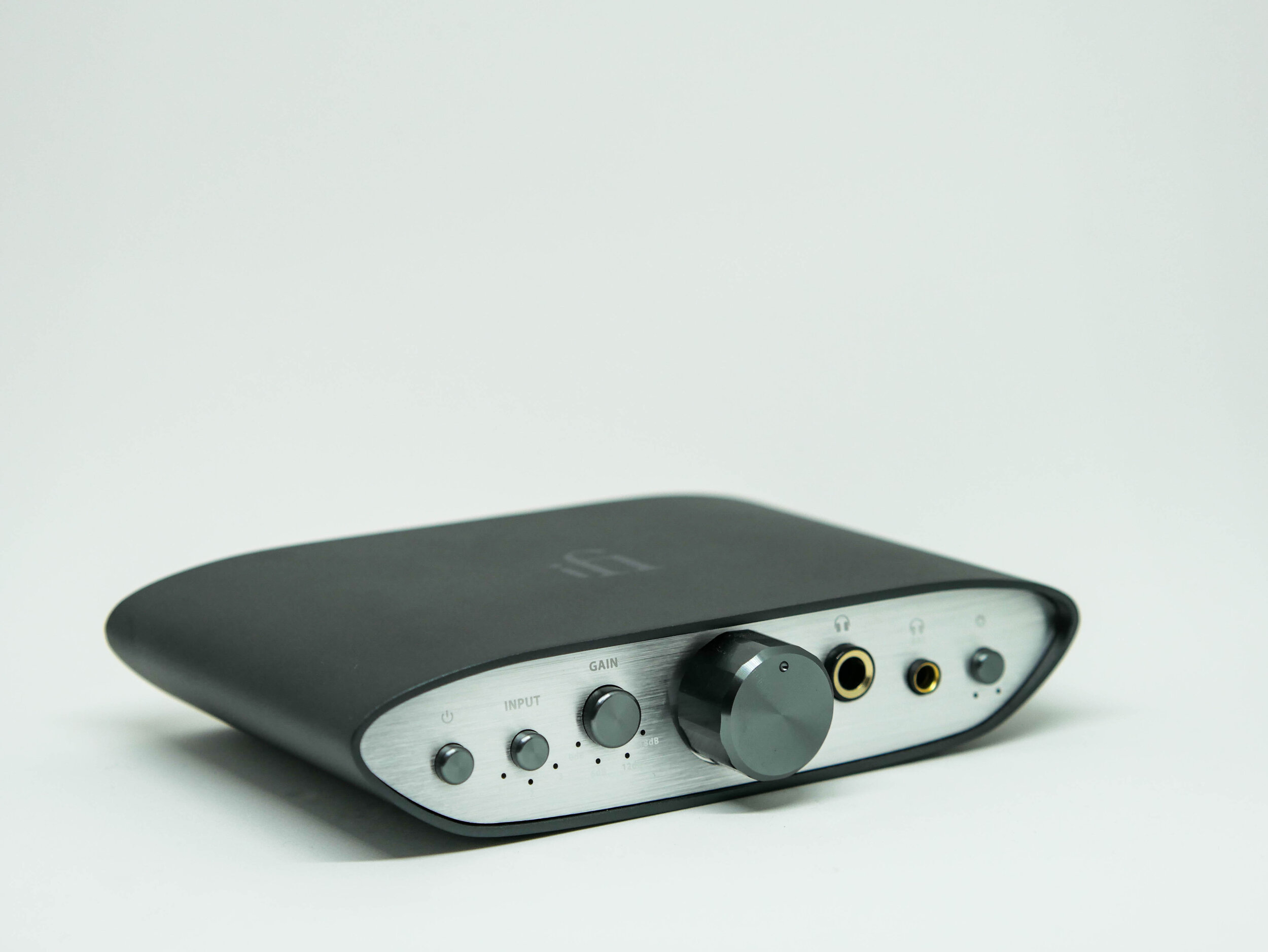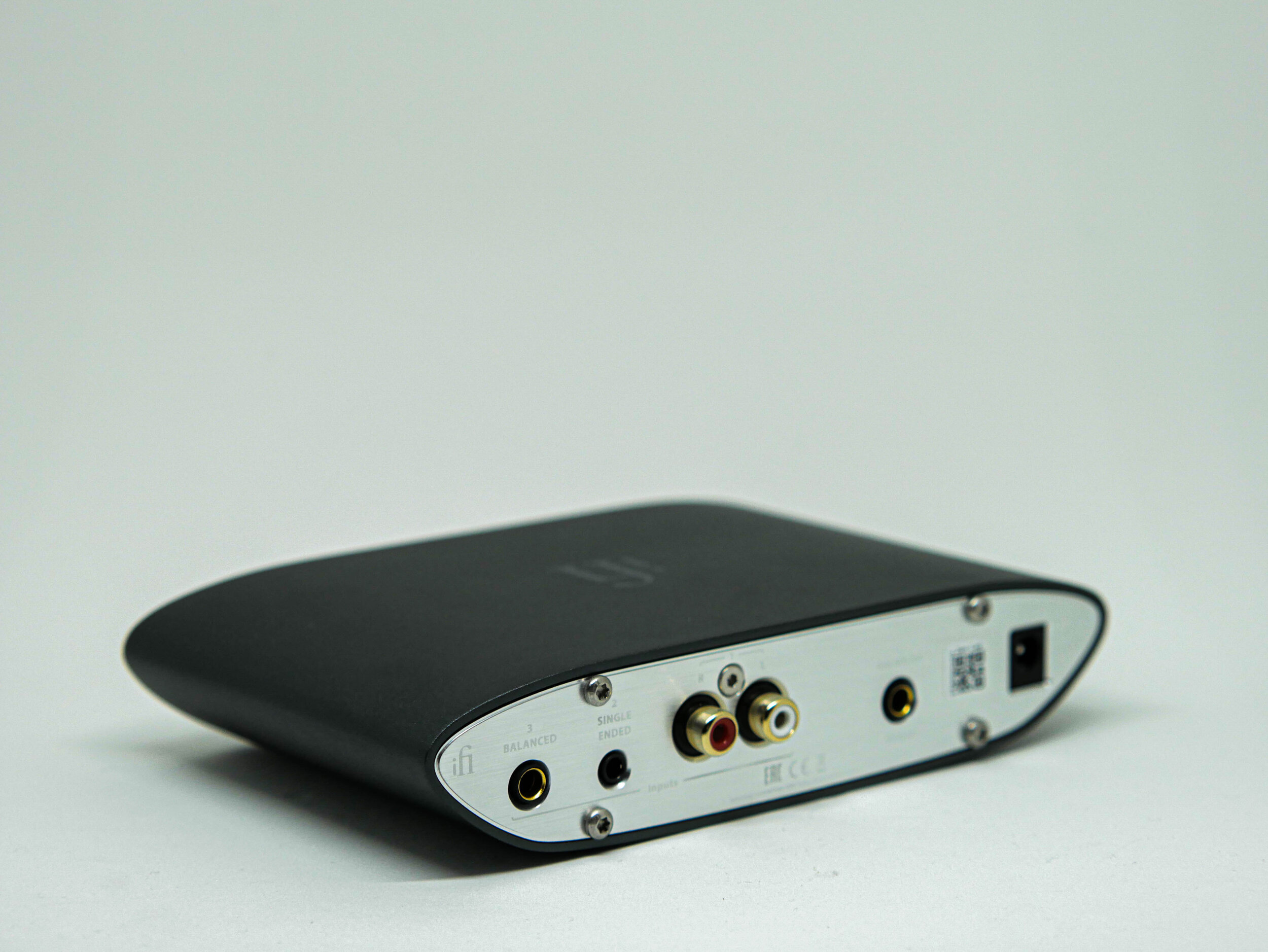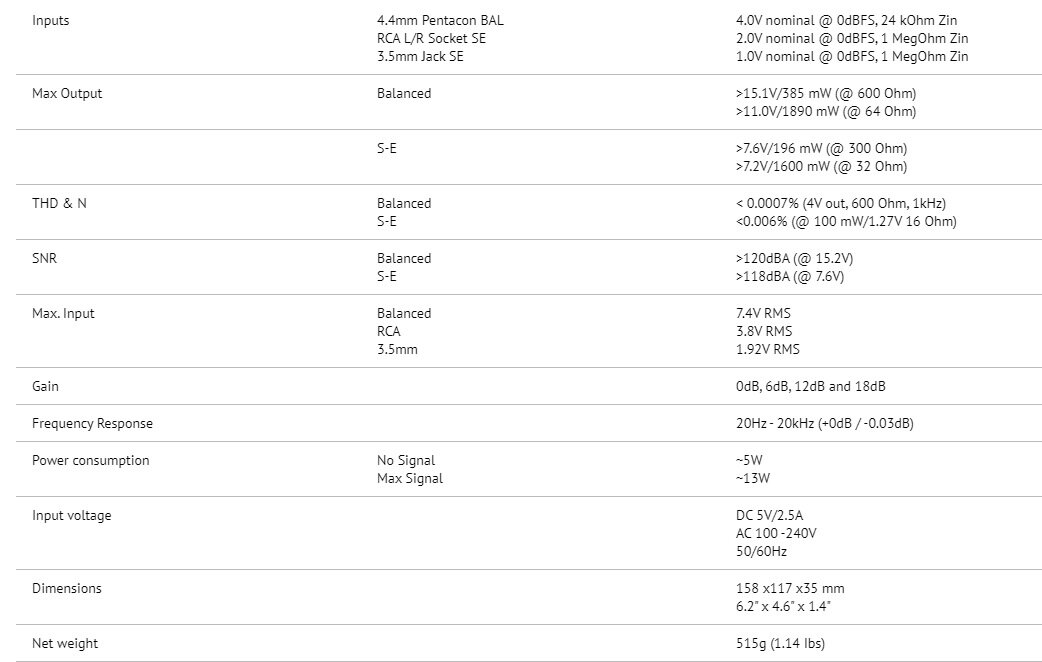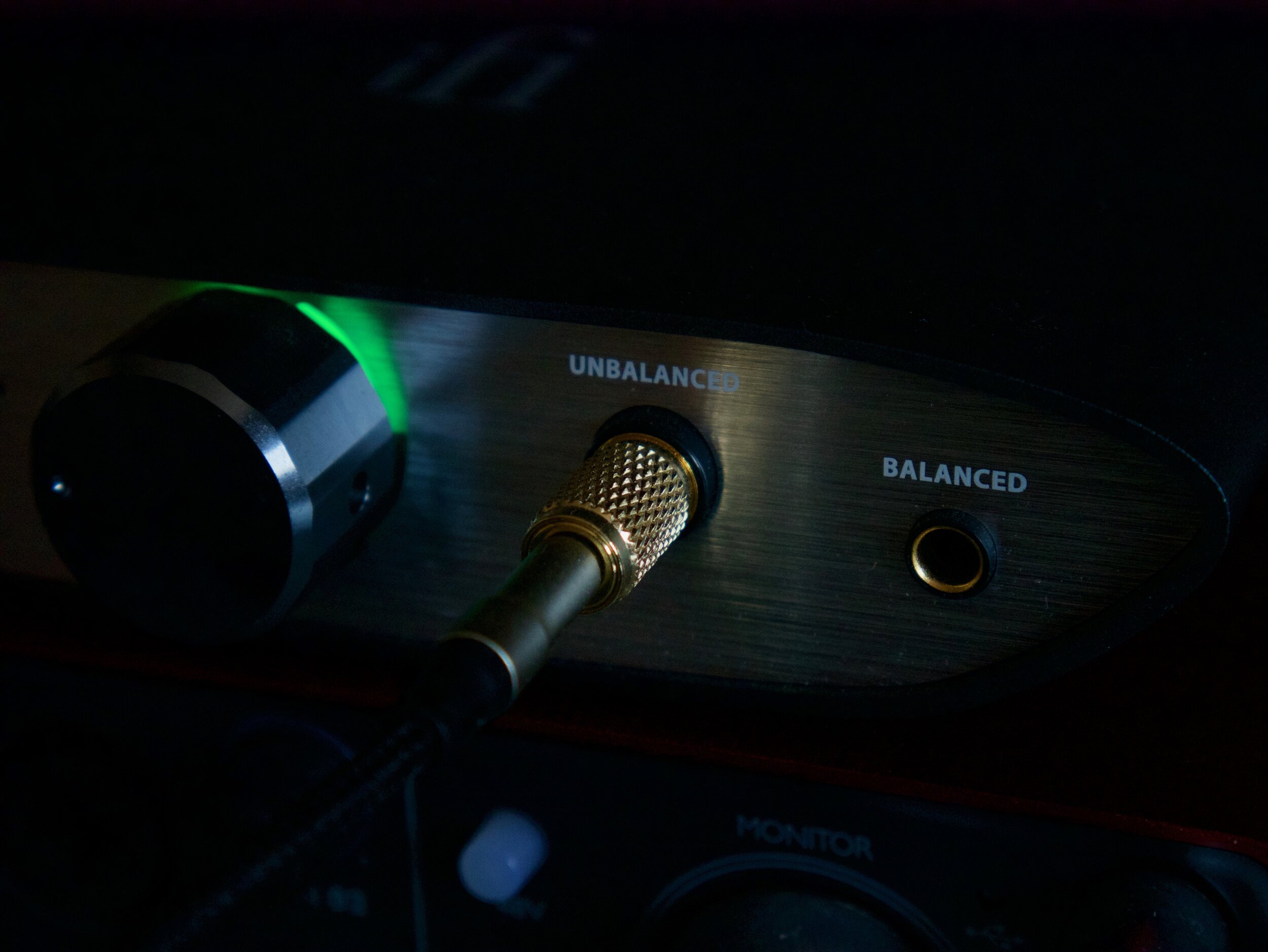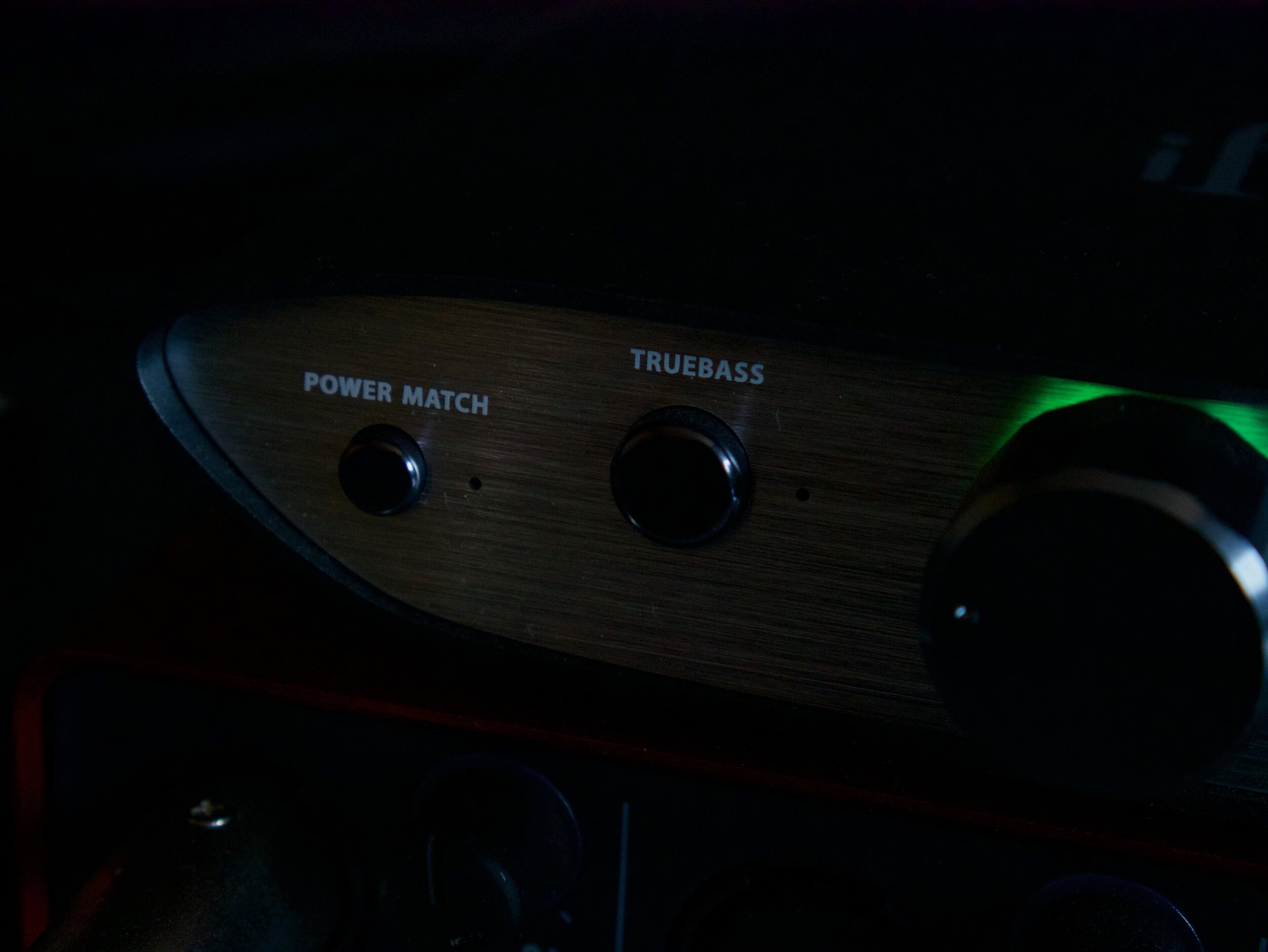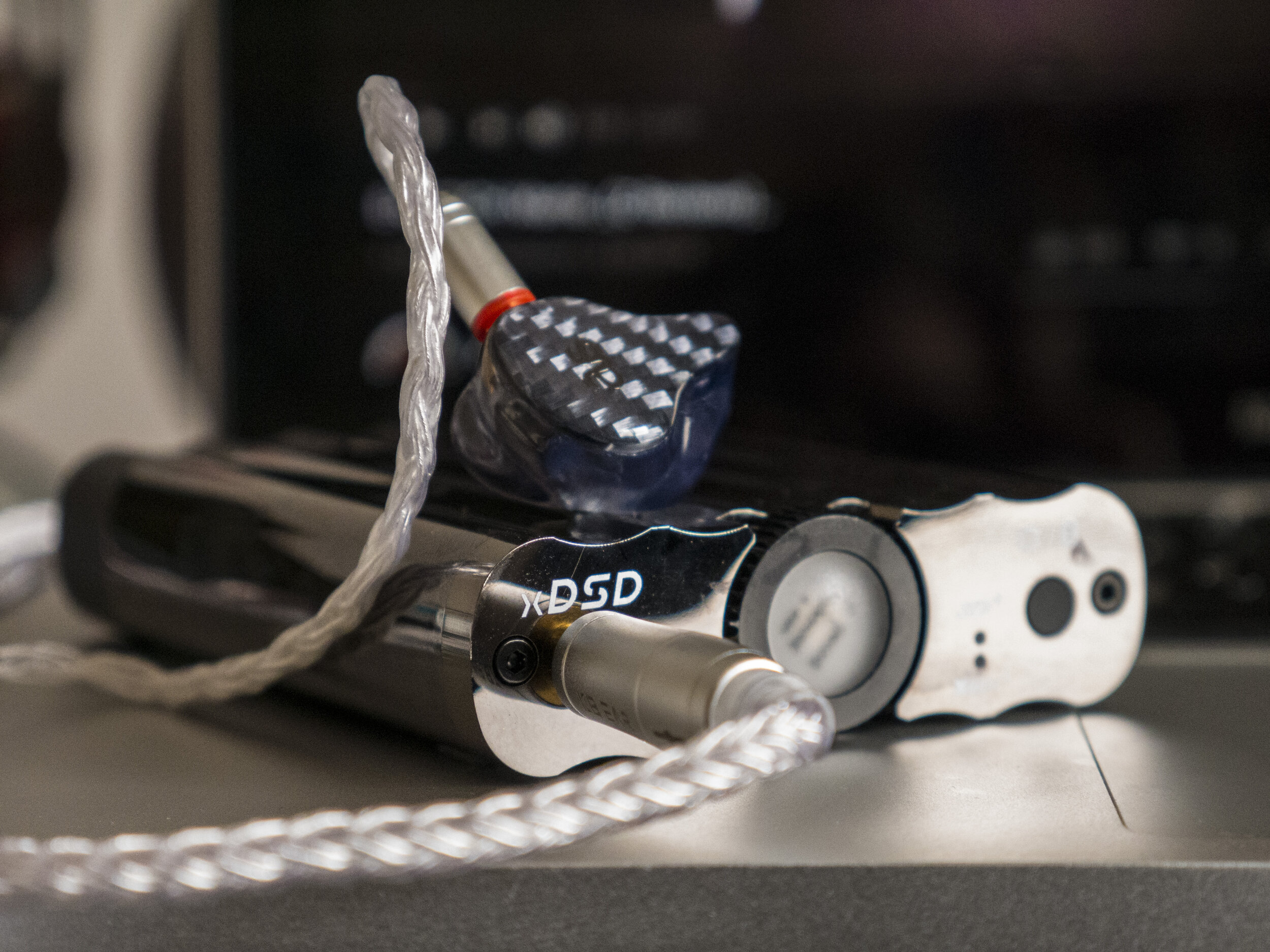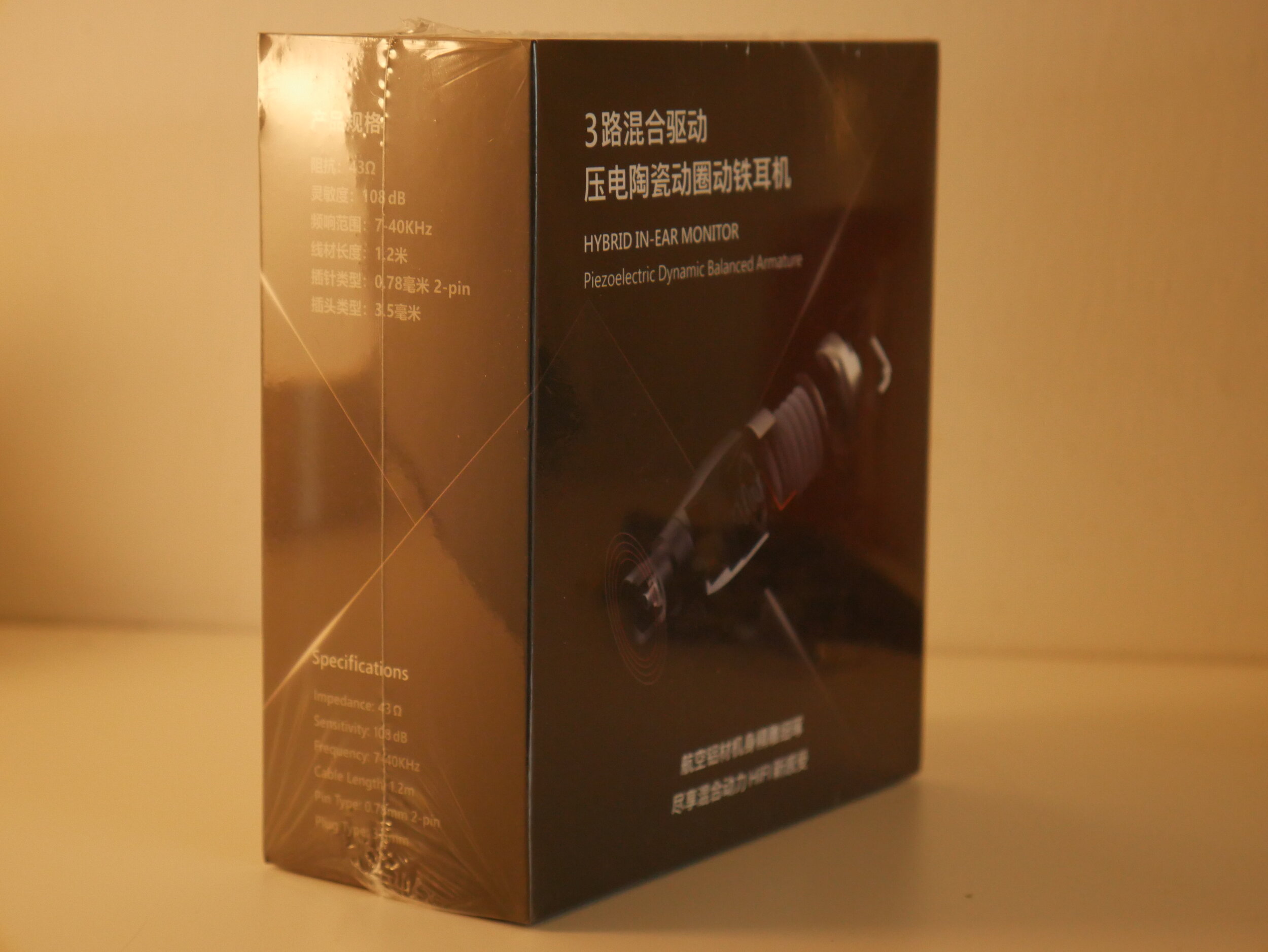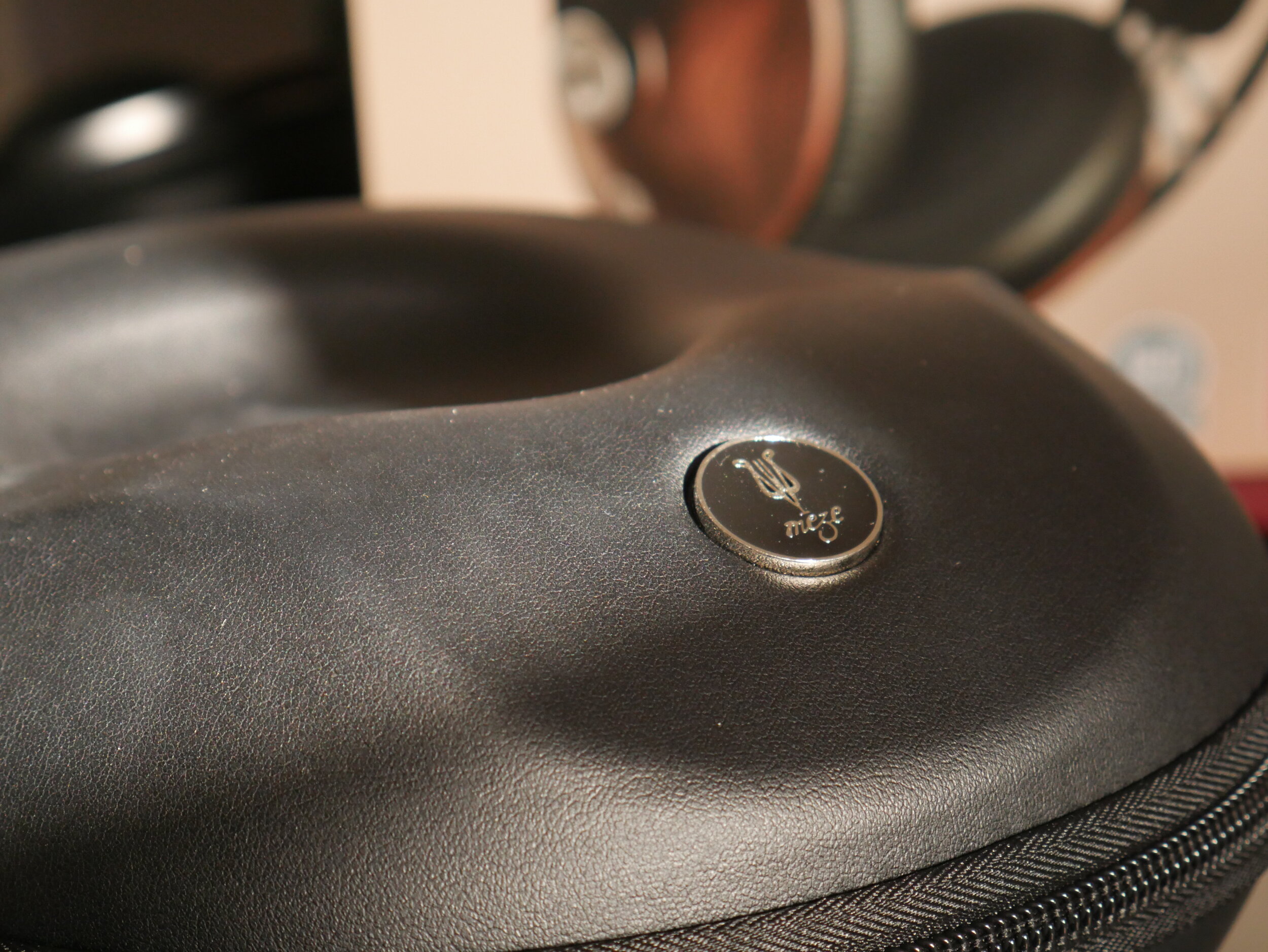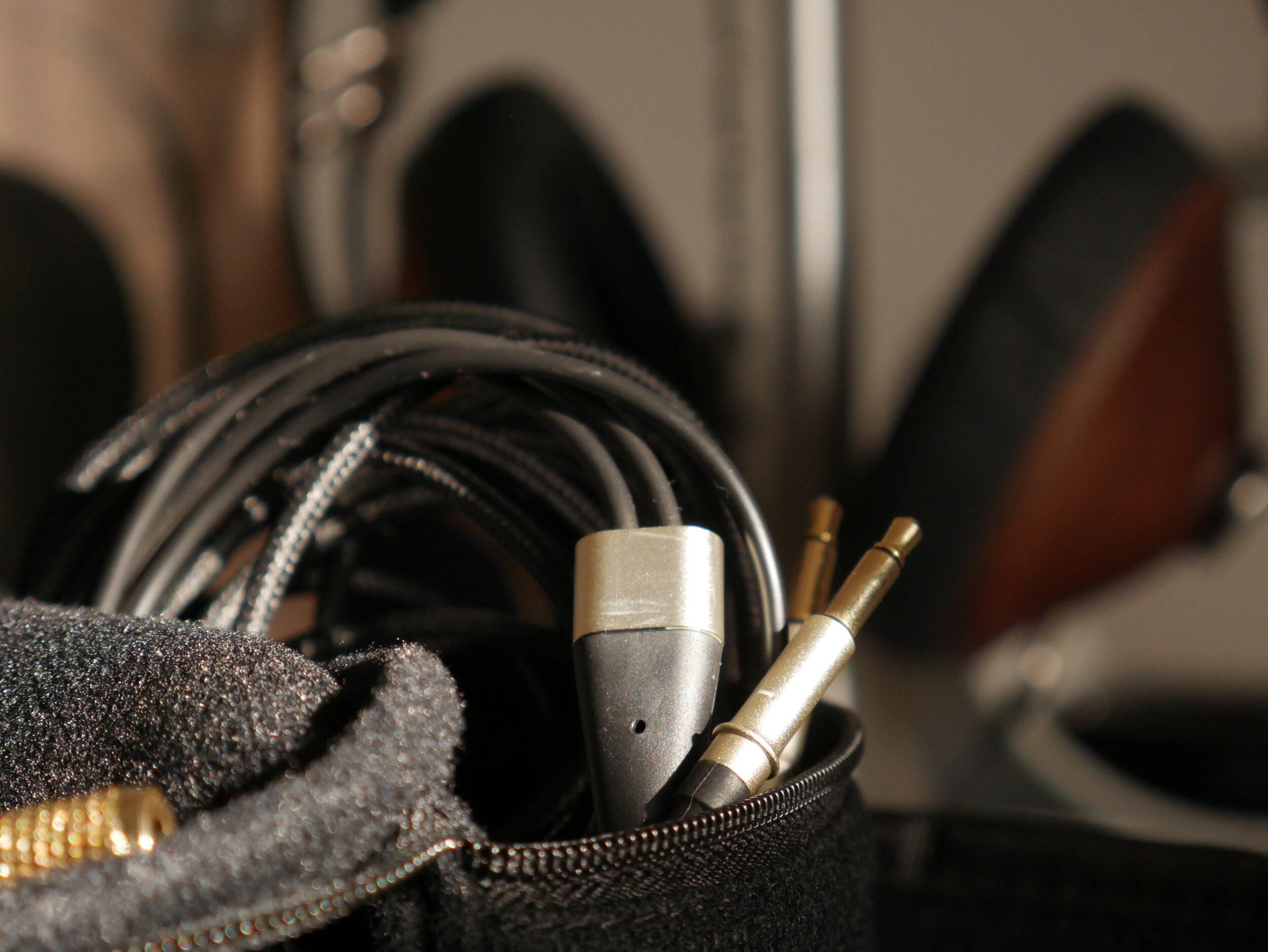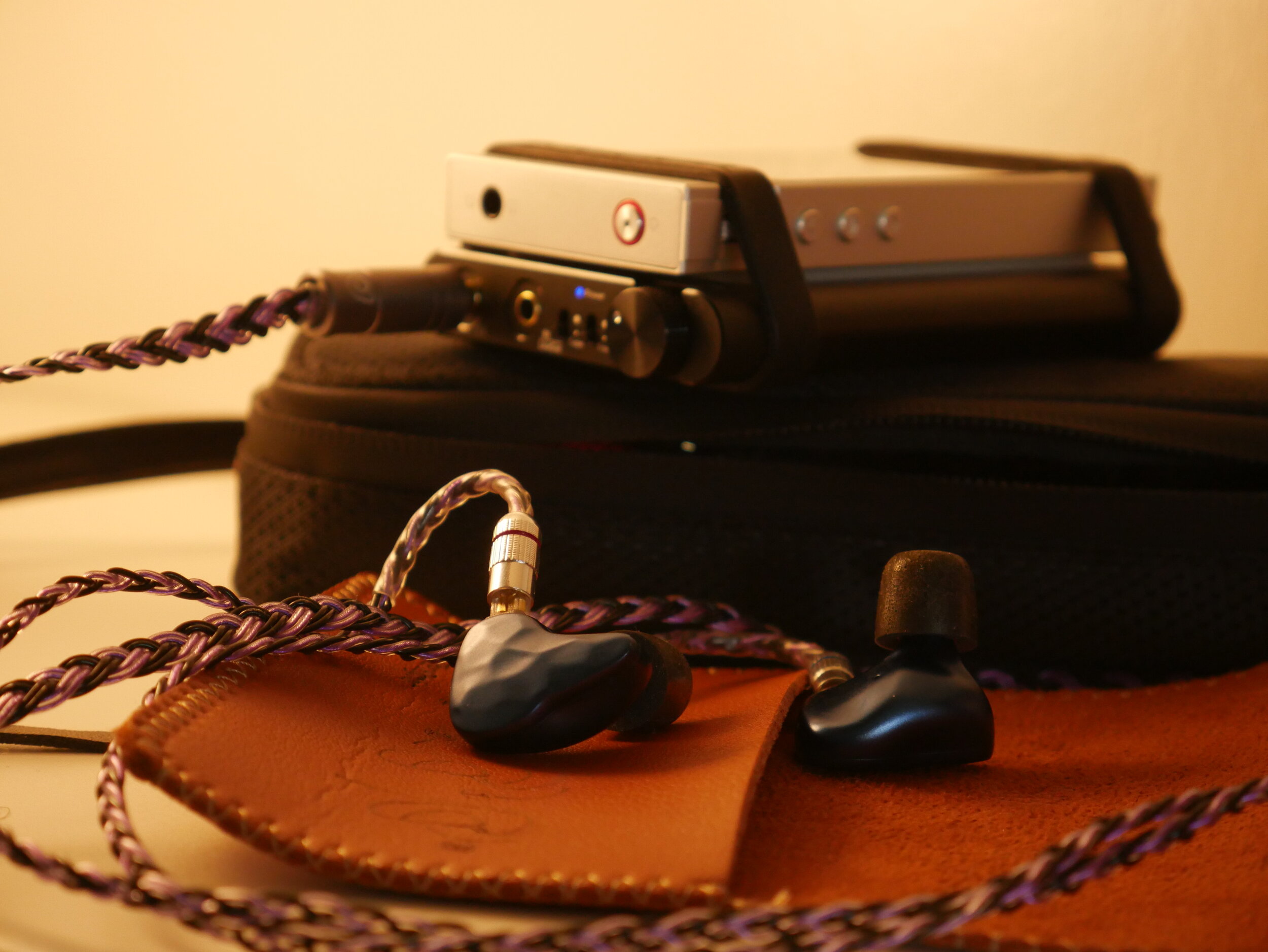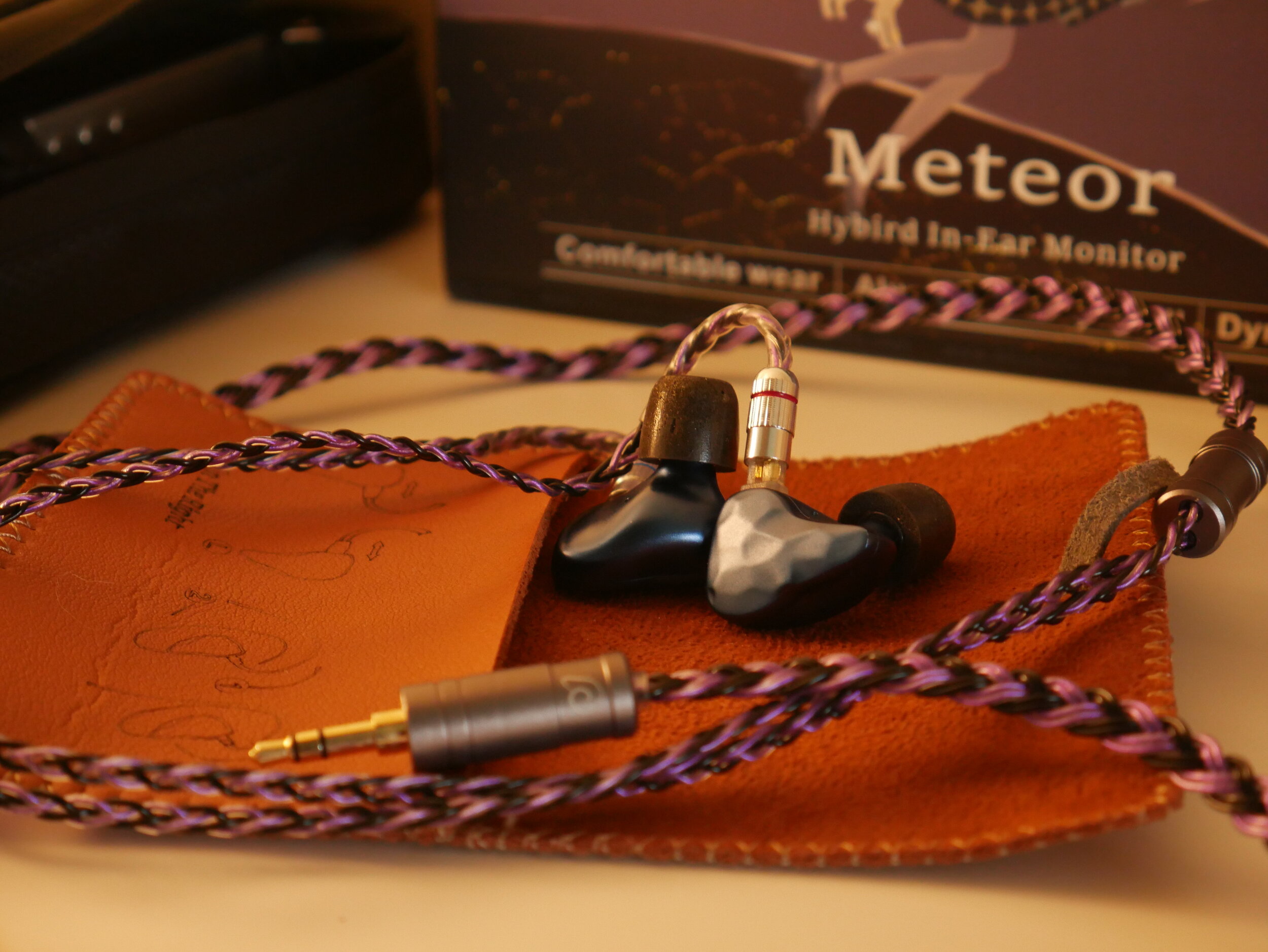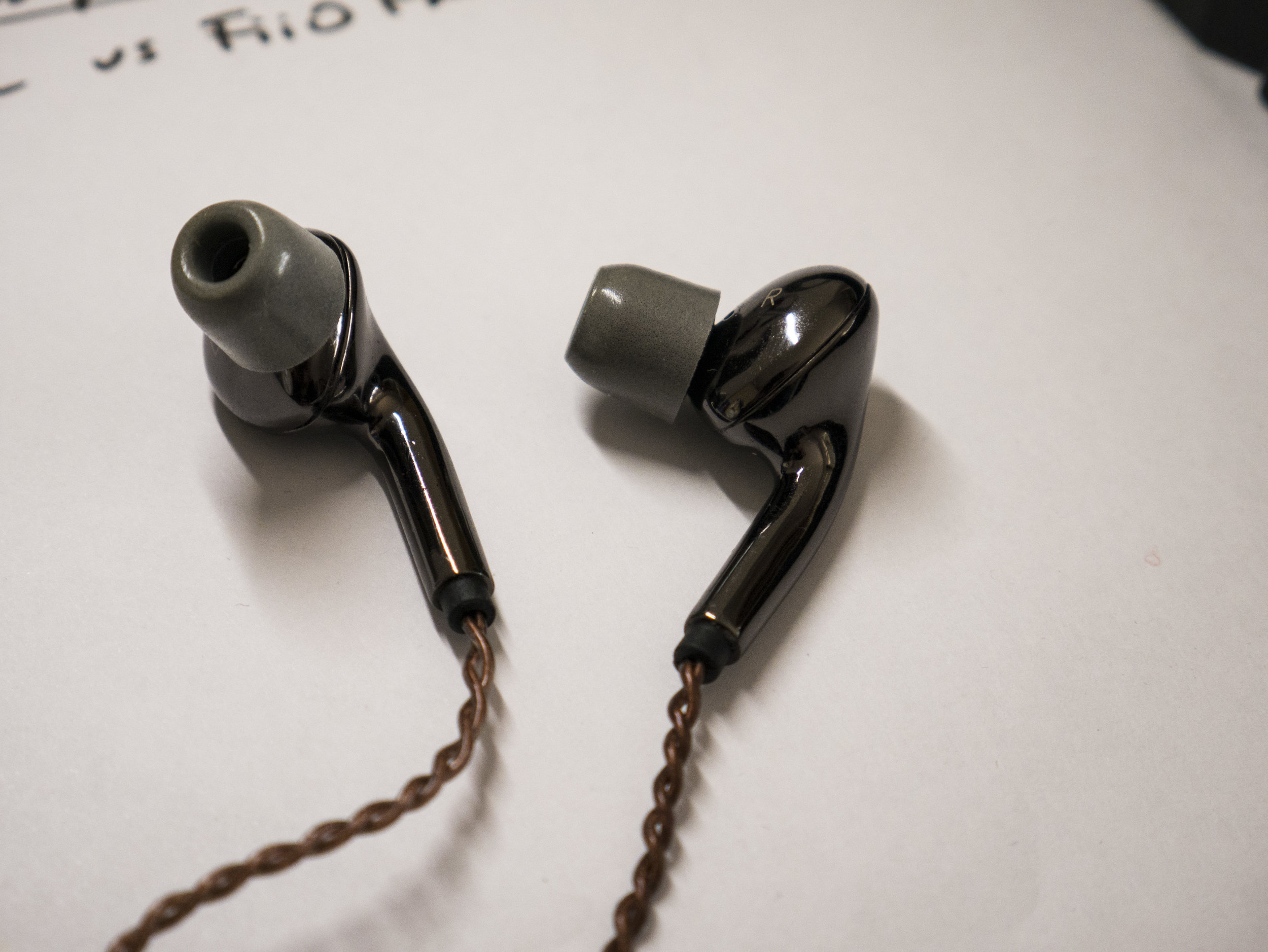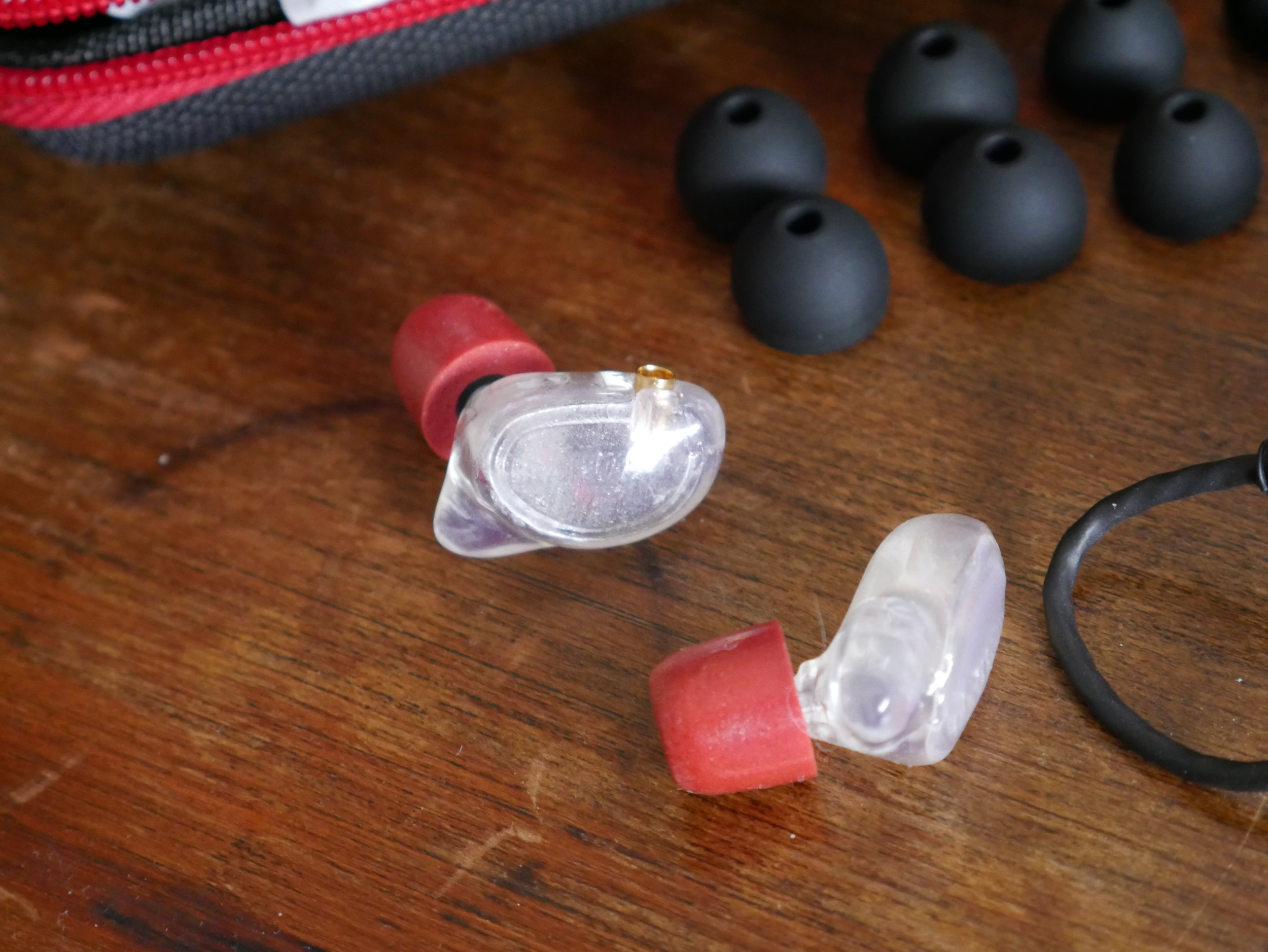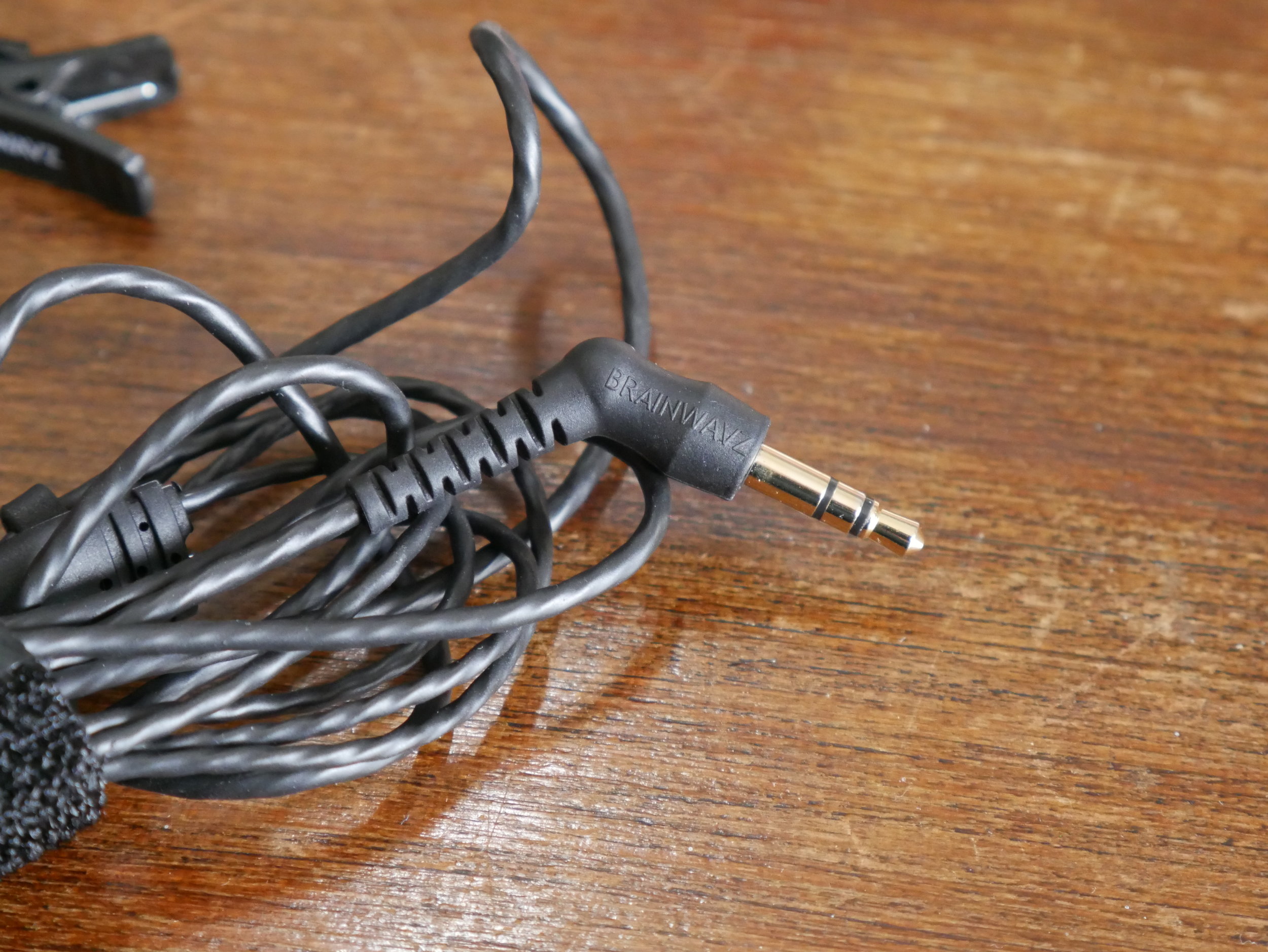Last year I bought the first Zen series product by iFi Audio: the Zen DAC. There were two reasons that led me to this choice: the need of a balanced digital to analog converter and the lack of a large budget. This little retro-style all-in-one solution came like a piece of cake: 4.4mm headphone (the best solution for a balanced signal in my opinion), 4.4mm line-out (we’ll talk about this later), RCA, USB type B 3.0, power delivery by USB, all for about 150$. I bought it and I liked it. But that’s what it is: a budget DAC, which alone sounds… just good. It’s a nice solution to start, but it surely needs sonic improvements. But how could you use a balanced amplifier (usually with XLR inputs) while the only balanced line-out from the Zen DAC is a 4.4mm TRRRS and there weren’t any cable easily available on the market (not to talk about the prices)?
Then iFi started releasing other products for this new budget line-up: first the Blue, then the Can, and finally the Phono. The 4.4 line-out started becoming a standard, at least there at Abbingdon Music Research. But still, you needed a boutique to craft a cable to be able to connect them balanced.
iFi was so kind to lend me both the Blue and the Can, so I started trying them. Both boxes included RCA cables, so it wasn’t difficult to connect the three metal boxes (which share pretty much the same shell) one by one. But still, that’s a limited use of these tools: RCA carries an unbalanced signal and all these products support a balanced one.
Luckily, some time ago iFi released a 4.4mm interconnect cable which could finally let me enjoy the real power of the Zen stack. It actually does, because they kindly loaned a unit to me for this review.
Unboxing and first impressions
Classic iFi Audio unboxing experience: simple but effective. Unlike the DAC, both the Can and the Blue have an included power supply; that’s because the DAC can also be powered by USB, while the other two don’t have that option. Both the Can and the Blue have a couple of blue rubbery RCA cables and the Can also includes a 6.35 to 3.5mm adapter for single-ended headphones. The Blue has a provided removable antenna to improve the Bluetooth signal on a long range.
The shell of these products is the same among all of them; what changes is the I/O. I’ll talk about it later.
Not by surprise, the build quality is good. I don’t fully understand why they chose to put wobbling buttons, but it’s a clear choice and not a quality control issue (every single button is like that, while the volume knob is really stable). The inputs and outputs are all gold-plated and not something anybody can complain about.
The DAC and the Blue are digital to analog converters. However, it’s not possible to use the Blue as a DAC and the DAC as a pre-amp before the Can (Zen DAC has outputs but not inputs), you only can use it as a source. So, the three brothers can’t all be used together at the same time. The Can, however, can be in turn be used as a pre-amp to another amplifier, since it has a balanced 4.4mm output on the back.
Zen Blue
Front: literally a button for putting it in connecting mode and two colorful round windows.
Back (all outputs): 4.4mm balanced, RCA L/R, single coaxial, optical. And the antenna as well as the power plug.
Technical specifications
Power: DC 5V
Input: Bluetooth 5.0 with AAC, aptX, aptX HD, aptX Adaptive, aptX Low-Latency, LDAC, HWA/LHDC Codec
Output: Optical/Coaxial, Audio RCA L/R, 4.4 Balanced Line out
Frequency Response: 20Hz – 20kHz <+0/-0.5dB (44.1kHz)1Hz – 44khz <+0/-3.0dB (>= 88.2kHz)
Output Voltage @ 0dBFS: 2.05V (+/-0.05V)
Dynamic Range: 109dB (A)
Signal/Noise ratio: 109dB (A) @ 0dBFSTHD & N @ 0dBFS:< 0.0015% 10k Load
Output Impedance: < 50Ω
Power Consumption: < 2.5W
Dimensions: 158 (l) x 100 (w) x 35 (h) mm
Weight (Gross): 0.8 kg (1.8 lbs)
What I would change
That’s a point underlined in other reviews: colorblind people like me are disadvantaged when it comes to using colors to indicate modes. I just can’t recognize them, so it would be much intuitive and easy to put a small screen to show the sample rate of the files you’re listening to, rather than showing different colors and needing the instruction manual to decode their meaning.
Features
In terms of functions, the Blue does one thing: receiving the Bluetooth signal and converting it. The usual problem with this kind of products is the latency – it’s possible that your source is playing a movie and the audio has to be in sync. Well, this is one of the most reliable Bluetooth devices I’ve tried: not only the latency is imperceptible, but the signal is also really stable on a long distance thanks to the provided antenna which can also be oriented.
Sound
First thing first: this DAC doesn’t “sound”. It’s a receiver and converter but it doesn’t output to headphones, so I can’t judge the sound quality of the chip itself. It only outputs a line-out signal (via RCA/optical/balanced) but yet I can’t connect my Yamaha HS7 because I would need a 4.4mm to double XLR cable which I don’t have and it’s very difficult to find. So, when you consider buying the Zen Blue, you are pretty much stuck with buying the Zen Can too, or another amplifier, if you plan to use it with headphones. The only way to consider it a standalone device is by connecting it to active speakers, and that’s pretty much useless; also, this device deserves more. However, I’m really glad that iFi did release an all-in-one device which completes this concept with an integrated amplifier (the new iFi Neo) and every kind of headphone output you may need.
I’m not a heavy Bluetooth user, especially with desktop machines. True wireless earphones? I can stand them, even though I don’t agree with their eco-unfriendly being: they are convenient. But a desktop receiver? You still have to connect wires to the amplifier or your stack of choice. Does it make sense, then? Well, yes.
You can have your whole setup distant from the source itself, which – in case it’s your phone – it may be in your hands pretty much anytime. The Blue supports every codec and it features Bluetooth 5, so it’s fairly future-proof. With modern Android phones you will likely connect via LDAC, the codec which grants the greatest bandwidth. I think, however, that wireless codecs don’t make a noticeable difference one from the other. It’s great to have the choice and iFi is first in class with this, but you won’t suffer using an iDevice with its AAC only connection.
The optical output is not something I would use, but yet I’ve put together an emergency setup with a super cheap DAC/amp with an optical input. That’s the cheapest option to add a headphone output to the Zen Blue; it works, but you can do much better. Remember to switch your device to toslink to make it work properly, and the rear switch of the Blue to “analog”.
The exact same goes for the coaxial connection: switch the Blue to “analog” and the other device to coaxial. The sound quality is slightly better than the optical connection.
The RCA output is an evergreen: if you don’t plan to have a balanced amplifier connected, that’s the way to take. In my case, the Zen Can was the receiving amplifier, so the included RCA cable was perfect: short and strong, with gold-plated plugs and a clean transmission. I’ve also tried a more powerful amplifier which needed longer cables and the ones from KableDirect were great for this purpose. To use RCA, be sure to switch the rear toggle of the Blue to “digital”.
Finally, the real juice of this instrument: the balanced output. What I absolutely love about the Zen series is the adoption of 4.4mm connections: there are almost no alternatives in this price range and this clearly was a missing piece of market that has been taken. Does this connection make a difference? Totally. That’s why I’ve been waiting for the iFi 4.4mm interconnect cable to come to release this review. RCA is good, but that’s not the ideal way to stack balanced instruments and achieve the best sound quality. Balanced is great (I’ve never tried the 2.5mm standard, but this 4.4mm is on par with the XLR quality and I’m glad it’s been adopted).
Every other detail about sound has been explained in the Zen Can review below.
Zen Can
Front: power button (finally! The DAC always stays on, even when the PC is turned off), input choose button, gain button; a volume knob, identical to the DAC one; 6.3mm single-ended and 4.4mm balanced outputs; a multi-functional button to boost the bass or activate the “3D holographic sound” (kind of a cross-feed, read this: https://ifi-audio.com/faqs/3d-is-it-a-cross-feed/) or both at the same time.
Back: 4.4mm input, RCA inputs, 4.4mm output, power plug.
Technical specifications
What I would change
Nothing in this product’s functions bothers me: not a frustrating use of colors like on the Zen Blue, the I/O and the buttons are well thought and they make an overall product that on paper is one of the best of the line – and of its category.
Features
Not so much to say: the Can is one of the most intuitive products by iFi so far. There’s an input switch button to use balanced, RCA or a single-ended source and a gain button with four modes (0 dB, right for most IEMs; +6 dB, +12 dB, +18 dB): that covers most of the IEMs and headphones you may use with an entry-level amplifier. I personally don’t even need the third gain step, because I tend to use sensitive IEMs and easy-to-drive headphones like the Meze 99 Classics. Only the Tin HiFi P1 needed more juice and to avoid cranking the volume knob I’ve used the button.
There’s an interesting button: the aforementioned XBass/3D effect one. This is the one I thought I’d never have used, but I found myself liking it in some cases. First thing: it really helps earphones like the planars by TinHifi to boost the bass. They are originally tuned to have a light one, but they sometimes need more: the XBass works really well, even though it adds a fixed amount of dB – I presume – so it’s not universally better to use it. It works as intended even when you plug a headphone to the unbalanced output or your entire stack carries an unbalanced signal. On the contrary, the 3D effect is only effective when you’re using a balanced setup from the start to the end. This may be a case of how much you can cross-feed the signal when you share the grounding, I don’t really know: by using the Shuoer Tape Pro with a Gu.craftmanship 4.4mm cable, the button makes a blatant difference. When I use the single-ended output, it’s not so effective. Also, enjoying the 3D effect depends on your taste on having a sound that’s closer or further from you. Generally, enabling it pushes the scene away and makes the sound breathe more. It’s enjoyable but be careful on playing with the phase if you’re using this setup to listen to your mixes: sometimes you forget it enabled and obviously there are some things out of place. Having that option is great, though, and you can also activate the bass boost and the cross-feed together.
Sound
That’s the richest part of this product – you don’t say? This completes the Zen Blue review (it outputs to the Can, in fact) and adds some information to the Zen DAC review.
Both coming from the DAC or the Blue, the features and the sound differences between modes remain the same. I repeat that you can’t physically connect the three together. Unfortunately, even though the Can is able to output a line signal, the DAC has no inputs but USB. Also, it would make more sense to have the DAC as pre-amp and not vice-versa. However, the ability of the Can to output signal means that it can be used as a pre-amp to another amplifier, and it makes this product a real deal for future stacks. So, the options are: DAC to Can, Blue to Can. No more.
The RCA connection is good. For the longest time I’ve been trying the products like that because I couldn’t find a 4.4mm interconnect cable. I didn’t have any concern about the sound quality: using balanced headphones, however, was a bit pointless, since I was using RCA (unbalanced) to connect a source to the Can. For reference, I was using the Meze 99 Classics (review here) with their official silver 4.4mm cable (review here), but there wasn’t any perceivable difference in the sound quality by using the balanced output or the unbalanced one (the DDHiFi dongle to unbalance the 4.4 signal was perfect to test this). The sound of the Can via RCA was better that the direct output of the DAC: that was already convincing to me: better dynamic, larger soundstage and more layering separation. However, the real deal is carrying a balanced signal from the start to the end. Believe me.
Luckily, after some time of testing iFi itself has released a cable to make the Zen products work balanced and that’s where I really started appreciating the Can. First: the 3D function is far more effective when the whole setup is driven balanced. Second: the volume is higher at the same conditions. Third: transients gain their space and the whole music feels at a superior level. Let’s stop counting, there’s a lot to appreciate. This amplifier manages to give air to close-sounding headphones. What sounds opaque starts feeling brighter. I’m not talking about coloring the sound: in terms of character, this amplifier is warmer than average. I’m talking about separation among instruments, micro-details and perceived room. I find it a bit forgiving: even bad-sounding stuff tend to sound good when driven by the Can. But being an instrument for listening session, that’s exactly what I expect.
The DAC is definitely warmer sounding with its internal amp; that includes a more intimate, slightly suffocated sound. If you A/B test the two, you definitely feel a sense of gloom when it comes to the DAC, while the Can give a more open and live sound. That’s amazing because even skeptical people could hear the difference and this is clearly what justifies the expense: taking the sound quality one step further. If I had to name this kind of sound, I’d say crisp. In photography, this could be structure.
Thing to consider: there’s not an IEMAtch button or switch. If you use very sensitive IEMs, the volume knob will stay on the lower side, where the Can – as well as the DAC – has some channel imbalance. If so, make sure you’re using the single-ended output or buy an impedance plug to increase the “difficulty” of driving of the earphones.
Overall, an amazing performer. I don’t have the xDSD available (review here) for an A/B testing, but I didn’t like it very much in terms of sound coloring and I think this Zen Can (or Zen stack, in general) manages to do better. I don’t really care about measuring or reliability: this setup is enjoyable and as long as it’s used for music listening, that’s more than good enough. I think I was critic with the xDSD because it had a “measure” option which didn’t brighten or de-color the sound as I expected. But that’s another story.
The Zen stack, in the end
True, I miss the Phono. But for digital music, I’ve tried them all. And I think they are an amazing introduction to the audiophile realm. Design coherence, perceivable sound tweaks, versatile products: for about 500€ you get an amazing stack, capable of all kinds of wired inputs and Bluetooth codecs, with the latest and greatest balanced interface. There’s a lot to love here. Now the thing to understand is… is the new iFi Neo iDSD the same, but in an all-in-one solution? We’ll see.

